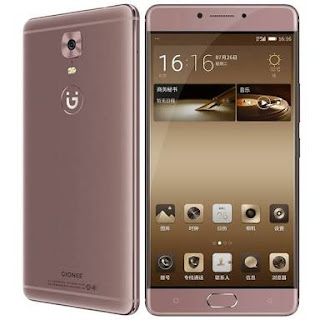1. Stop unnecessary apps running.
Firstly, we need to understand and know the behavior of our andriod batteries , so we can get a solution. To get an understanding of how your battery is been used , go to Settings > Battery.If you find apps on this screen that are using up more battery than they should be, close them by tapping Force stop.If you want to go into more detail about your smartphone's battery usage, there are quite a number of applications on play store to give detailed battery usage information.
2.Change your old battery to a new one
If your andriod phone is some years old the truth is that the battery is dying . Manufacturers often say that a battery should perform well for up to 1000 charges, but that depends on many factors.If you have an andriod with removable battery, it's simply a case of buying a new one (a major advantage to choosing a smartphone with removable battery).If your phone has a non-removable battery, then I would post how to remove non-removable batteries . Be warned though, that this svoid your smartphone warranty.
3.Your charger does not work properly.
If after a full night's charging, you notice that your smartphone battery drains super-fast, then it's worth checking first thing in the morning whether it actually fully charges. If not, then you're looking at a defective charger.Check whether your cable works with another phone, or conversely whether your phone works with another cable. If your charger proves to be faulty, remember to only buy chargers from reputablereputable sources, or you risk damage to your battery.
4.Android system' using too much battery
One of the biggest battery consumers on your phone is the 'Android system' service. This keeps your whole device running smoothly, so naturally uses a lot of battery, but it shouldn't be more than 25 percent. If it's using more than this, then you could have a problem. You could downgrade you OS or do factory reset. It may sound drastic, but it's less risk than downgrading your OS because it would require flashing and this could lead to complications .
5. Google Play Services battery drain.
Google Play Services is another service that consumes a lot of battery. Unfortunately, you can't stop it because it's a crucial Android feature which lets your apps communicate with each other on your phone. Still, you can bring it under control.
Go to Settings > Applications > All > Google Play Services. Here, tap the Clear cache button. This should refresh Google Play Service and stop it draining your battery. Repeat this process once a month.
6.Shorten your screen timeout
It's a well-known fact that the display is one of the biggest sources of battery drain on an Android phone, so managing it is crucial to its longevity. The "screen-timeout" or "sleep" setting determines how long your display will stay awake for after it has been engaged with; if your screen remains on while you aren't looking at it, it's wasting precious battery life. Best to set it to the lowest value you are comfortable with in regular use, and only change it when you need to.
Don't to worry about apps which require the screen to be on permanently while in use, like games or eBook readers, they know to stay awake no matter what your setting is.
7.Watch out for widgets and background apps (weather widgets)
Widgets are stone cold battery killers, mercilessly updating in the background while you go about your business. You might be under the impression that a simple news ticker and weather app won't do much harm, but you'd be wrong, and once you start adding more and more, it will seriously take your battery to task.
Consider the frequency with which you want your widgets and background apps to update. You could potentially set your weather app to update every hour, but the more frequently it updates, the more power it requires. If you only check your weather twice per day, try setting the refresh interval to every 12 hours instead.
Many apps will prompt you to set up the update frequency when you first place them on your homepage, though you can return to their settings at any time to alter them. Just be aware that some apps don't offer this at all, and these may be real battery assassins to watch out for.























0 comments